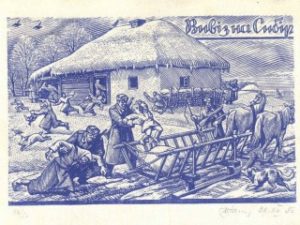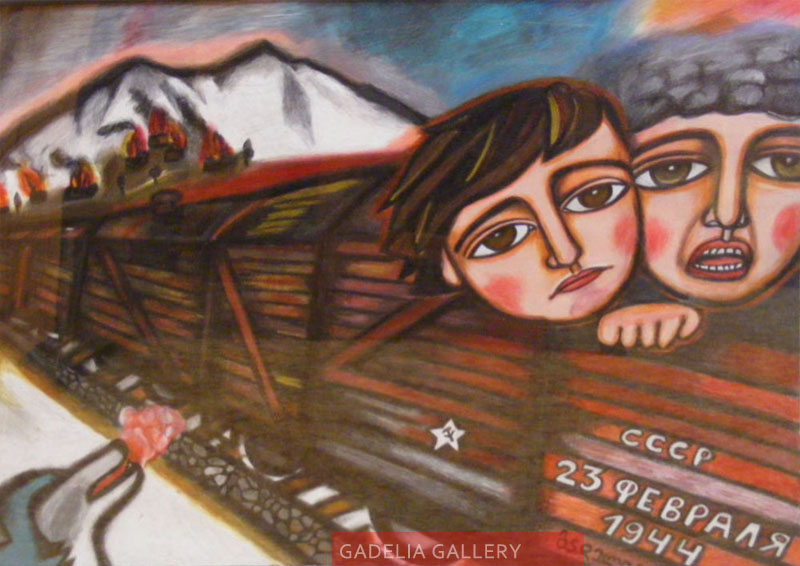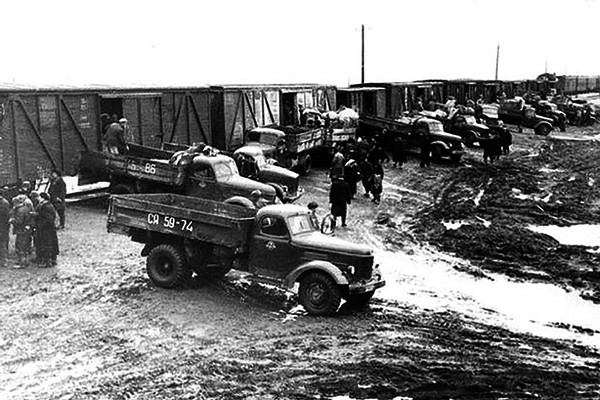
The main organizers and executors of the deportation were the Ministry of State Security and the Ministry of Internal Affairs of the Ukrainian SSR. The operation was led by a specially created Operational Headquarters in charge of deportation, headed by Deputy Minister of Internal Affairs Mykola Dyatliv
. The headquarters were located in Lviv. Operation Zapad was carried out by the operational group of the Ministry of State Security - 6,859 persons, the armed forces (internal troops of the Ministry of State Security and the State Security Guard Corps, employees of the Ministry of Internal Affairs and border guards) - 46,509, Soviet paratactical troops - 15,556, and military drivers - 1,227. Trucks, vehicles, armoured vehicles, tractors, and railway transport were used during the Operation.
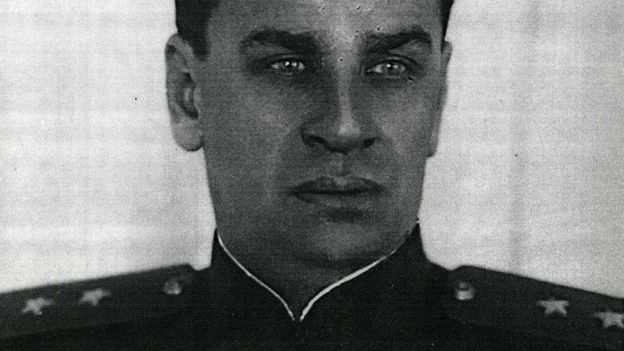
The deportation included Volyn, Drohobych and Stanislavsky (now Ivano-Frankivsk), Lviv, Rivne, Ternopil and Chernivtsi regions.
Operation Zapad was one of the most massive deportations of Ukrainians organized by the communist regime. It is a crime commensurate with the deportations of the Crimean Tatars in 1944 or the expulsion of Ukrainians within the framework of Aktsiya Wisla organized by the Polish communist authorities.
The Operation was prepared in complete secrecy. Secretaries of district committees and heads of security departments learned about it two to three days before the scheduled date; other participants were advised on the spot. Soviet security services scheduled the deportation on October 21, 1947.
In most regions, the Operation was launched at 6:00 in the morning, but Soviet operatives had already started breaking into people’s homes in Lviv at 2:00 a.m. Inhabitants of Rava-Ruska, Zhovkva, Buzka, Horodok and Yavoriv were herded onto waiting trucks from 2:00 to 4:00 a.m.
The Operation was halted in Stanislavsky and Chernivtsi regions due to difficult weather conditions. A strong snowstorm, which had picked up the night before, covered the roads with two metres of deep snow. The Operators were forced to use tanks and armoured vehicles. In Chernivtsi region, the deportation had to be postponed until October 23. In most cases, the Pperation was successful and was terminated by the evening of October 21. The fastest operators worked in Rivne region, where the perpetrators of this criminal action managed to gather all the people and take them to the dispatch point in 3-4 hours.
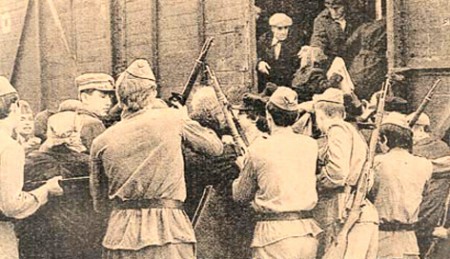
Trains were used to transport the unfortunate families from 87 stations. At 6:38 on October 22, 1947, the first convoy travelled from Kovel, Western Ukraine to Usyaty station in Tomsk region, where 1,293 people were left to live and labour in the Siberian wasteland. The last convoy travelled eastward on October 26
. Operation Zapad was completed.
Most of the trains carrying “special settlers” arrived at coal companies in the eastern regions of the USSR. In addition, “active Ukrainian nationalists” were sent under escort to Omsk region (southwestern Siberia) to work in local mines and kolkhozes.
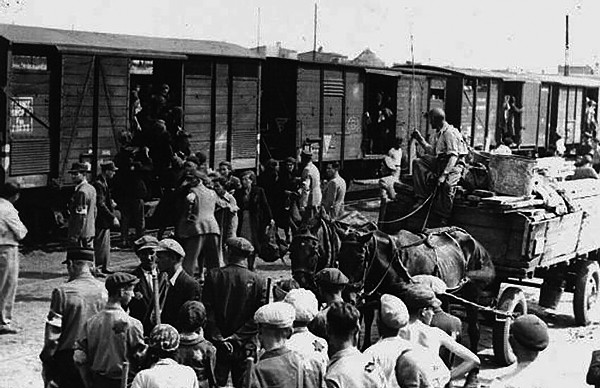
In the “Report on the Number of Families of Active Participants ...” dated May 27, 1948, about 26,332 families – 77,791 persons are listed as deportees – 18,866 men, 35,685 women and 23,240 children under the age of 15 years. The Ukrainian partisan movement listed over 150,000 people who were forcibly removed from their homes and sent to work in Siberian mines and on collective farms.
Hundreds of children and elderly people died during transport.
